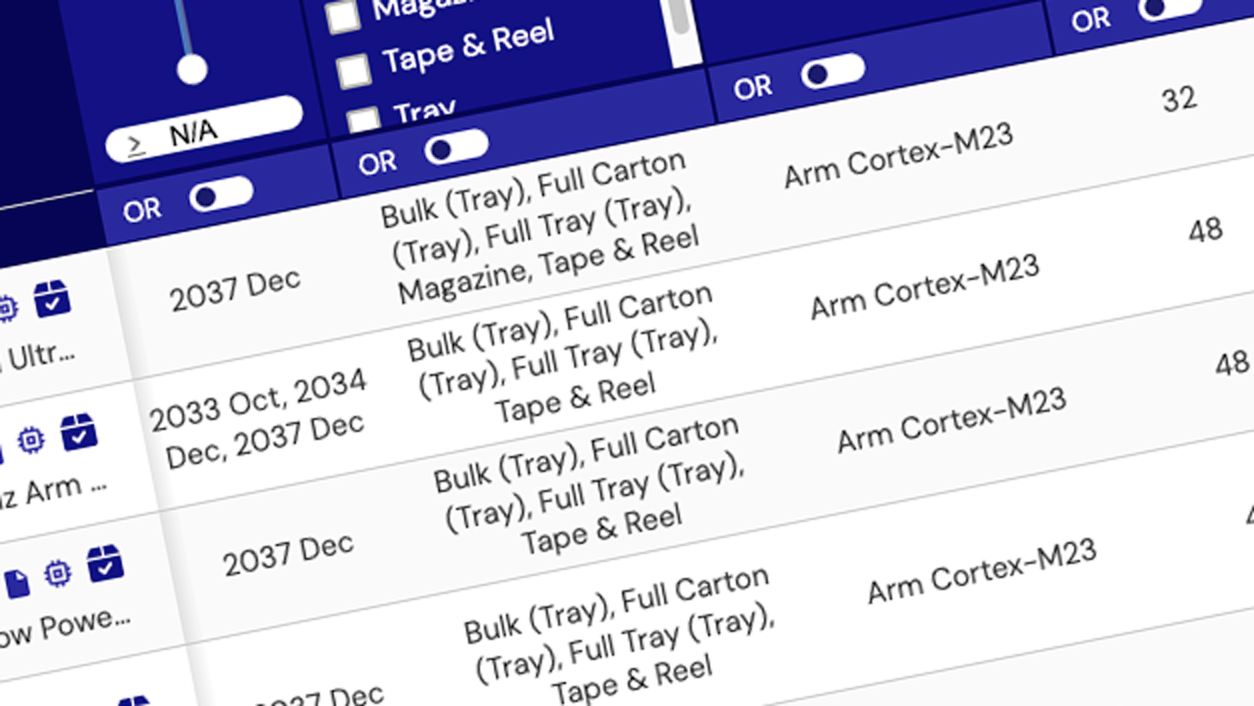旧インターシルの耐放射線アナログICは、性能を最適化し、システムのSWaP(サイズ、重量、消費電力)コストを削減し、航空宇宙および過酷環境向けアプリケーションの市場投入までの時間を短縮するように設計されています。
年4回発行のRAD HARDニュースレターにご登録いただくと、ルネサスの最新の耐放射線特性製品情報やリソース情報をお届けします。
製造と試験に関する情報
ルネサスの耐放射線強化アナログ向けポートフォリオは、クラス最高の性能、システムSWAPコストの削減、市場投入までの時間の短縮を目指します。 ルネサスは、衛星通信や宇宙飛行システムなど、幅広い宇宙アプリケーションに適合する高信頼性、高効率、高精度の耐放射線強化製品を提供してきた比類なき実績があります。
低線量率イオン化照射が半導体に与える影響は、宇宙アプリケーションにとって重要な課題となっています。 Renesasは、現状の高線量率耐性試験に対する補完としてウエハごとの低線量率耐性試験を行なうことにより、この市場に対応しています。
Renesasは、数社しかないRHA国防補給庁(陸および海) QMLサプライヤの1社です。 ルネサスの耐放射線強化SMD製品はすべてMIL-PRF-38535/QMLに準拠し、バーンイン試験に100%合格しています。




